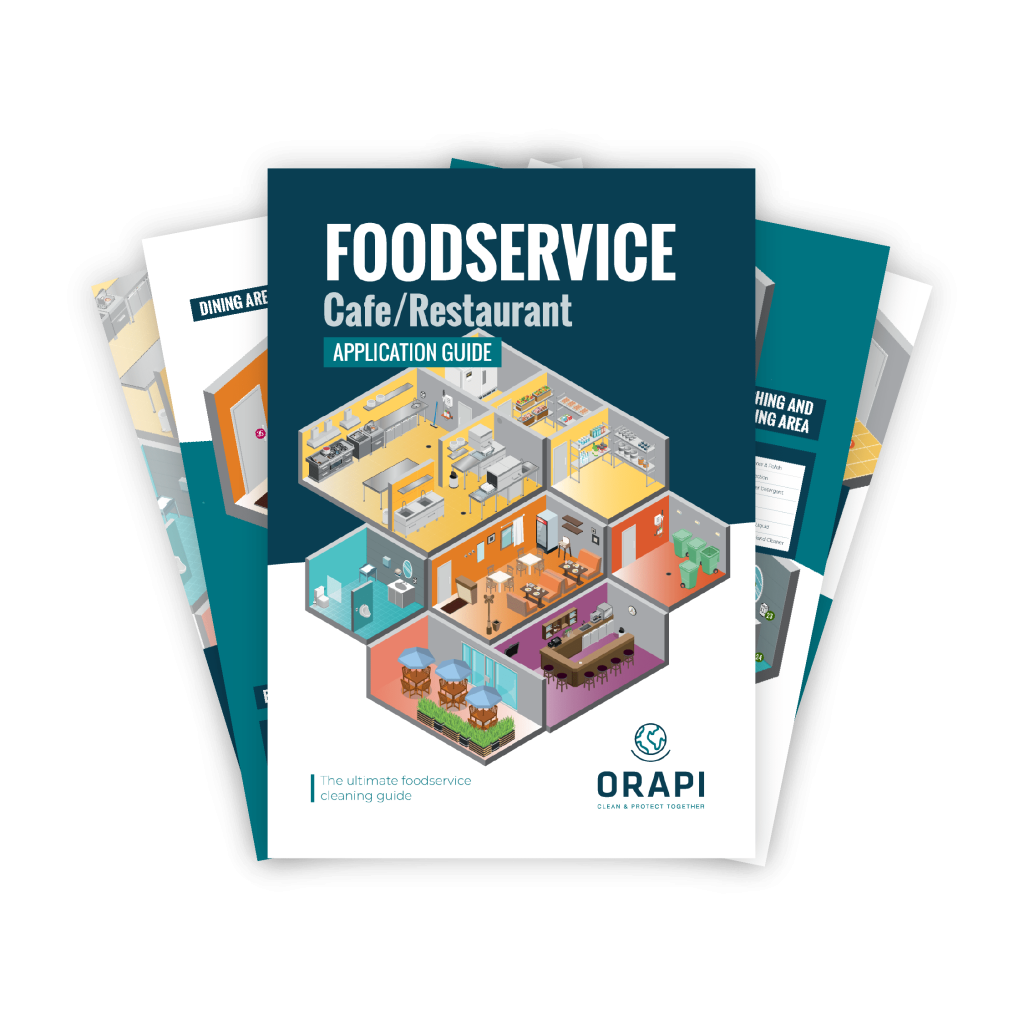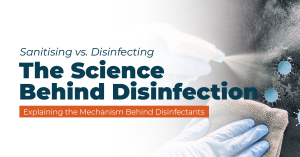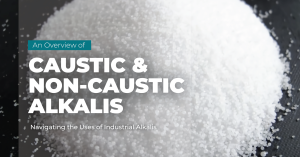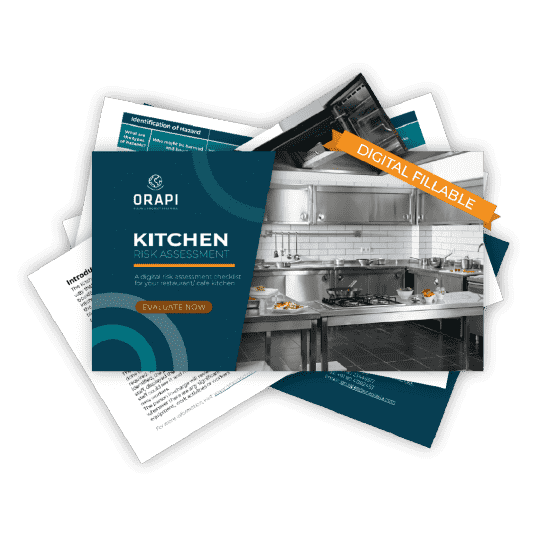
Food is subject to extensive regulation, with specific guidelines for various stages of its production and distribution. In the European Union, for instance, there are stringent standards outlined in Annex I of EU law No. 852/2004, which focuses on the hygiene of food products. This regulation emphasises the importance of maintaining clean conditions for animals prior to slaughter, aiming to prevent the risk of cross-contamination.
When it comes to food preparation, whether at home or in commercial establishments, there are established standards regarding cooking temperatures. For ground meats, it is recommended to cook them to an internal temperature of 71°C (160°F), while ground or whole poultry should be cooked to a minimum temperature of 74°C (165°F). Additionally, there are temperature guidelines for holding meat and poultry to ensure food safety. These products should not be kept at temperatures between 4.4°C and 60°C (40°F – 140°F) for more than two hours before consumption.
These examples represent only a fraction of the regulations and standards in place to safeguard the quality and safety of food.
International Food Standards and Codes
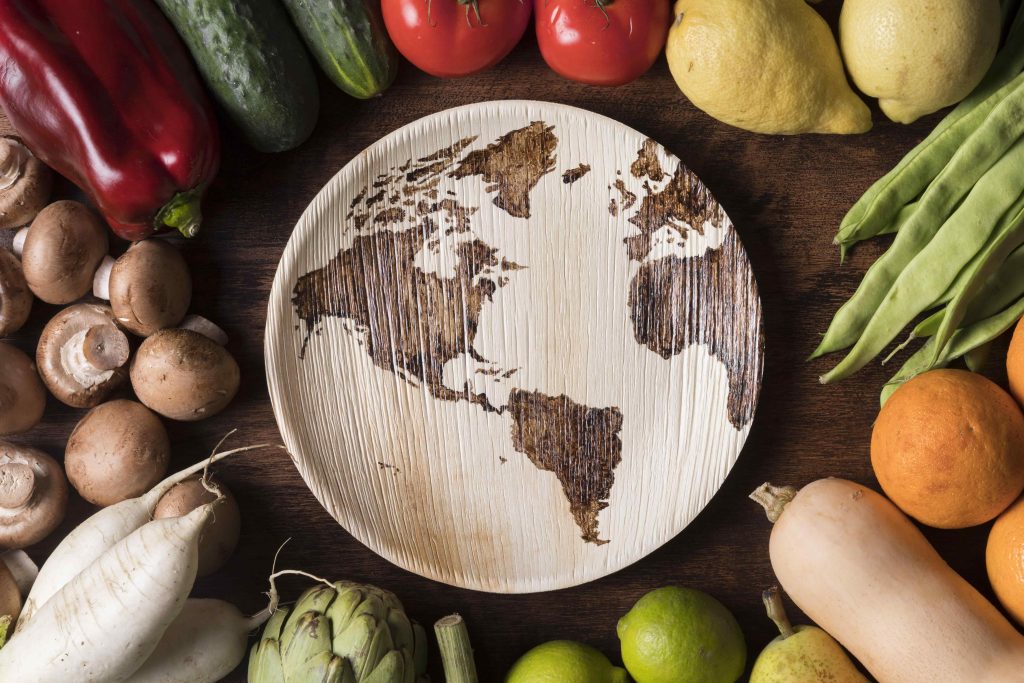
The Codex Alimentarius, also known as the “Food Code,” is an international set of food standards, codes of practice, and guidelines developed by the Food and Agriculture Organization (FAO) and the World Health Organization (WHO). Its purpose is to establish regulations for various types of food. Although these standards are not mandatory, they are based on scientific knowledge and can be adopted as national or regional food safety standards.
International Food Standards and Codes

In addition to maintaining strict food standards, similar regulations are implemented for the handling and processing of food in various environments. These regulations, commonly referred to as hygiene standards, encompass several key aspects, including:
- Establishment of an approved list of chemical substances permitted for use in food environments.
- Determination of permissible limits for using chemicals on surfaces that come into contact with food, as well as those that do not.
- Specification of acceptable contact durations between antimicrobial agents and surfaces during sanitation or disinfection.
- Requirement of demonstrable antimicrobial efficacy that complies with regulatory standards.
The Environmental Protection Agency
To illustrate this further, let’s consider the United States as an example. The US Environmental Protection Agency (EPA) maintains a comprehensive list of active and inert ingredients approved for use on surfaces that come into contact with food. For instance, if chlorine (bleach) is used as an active ingredient in formulating a food contact surface sanitiser that does not require rinsing, the concentration of available chlorine must not exceed 200 parts per million (ppm). Additionally, the contact time for such a sanitiser should not exceed one minute.
By adhering to these guidelines collectively, the aim is to ensure that food contact surface sanitisers effectively and promptly eliminate foodborne pathogens. Furthermore, these chemical hygiene standards provide additional advantages, such as minimising the risks associated with foodborne pathogens and chemical residues, thereby enhancing food safety.
NSF Certification Category Codes
What Is Parts per Million (ppm)?
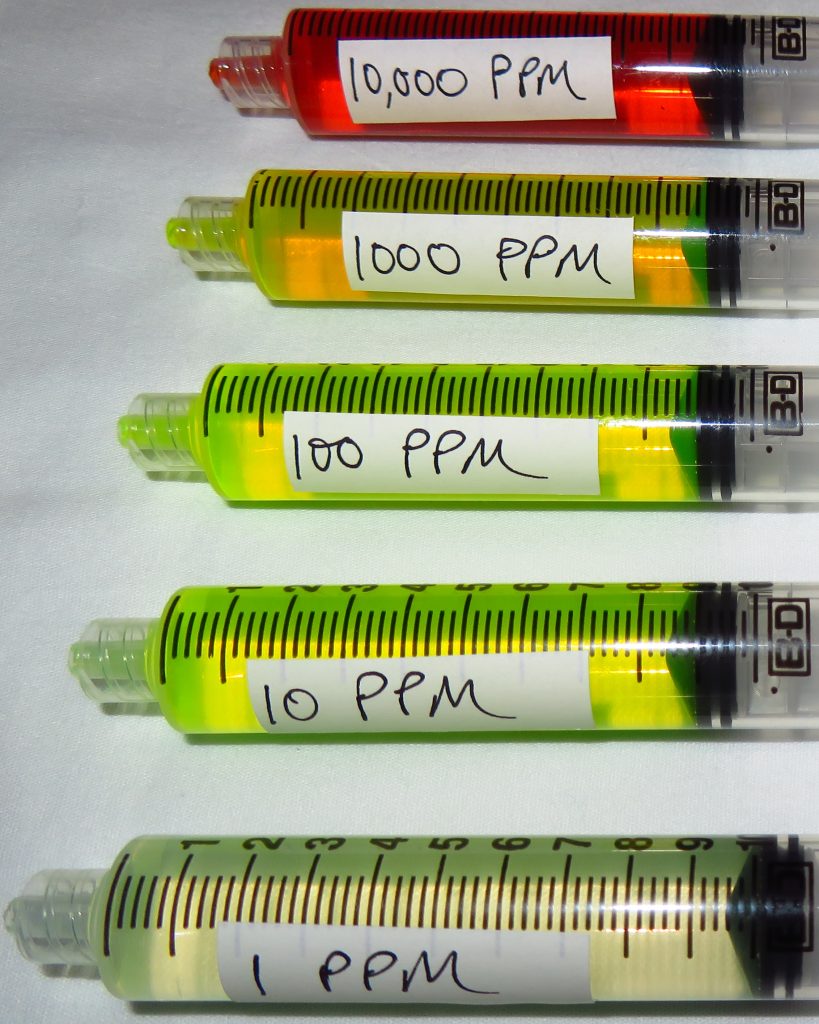
For example, if a solution contains 10 ppm of a particular chemical, it means that there are 10 parts of that chemical for every one million parts of the solution. This measurement helps quantify the presence or concentration of substances in situations where precise and small-scale measurements are required.
Conclusion: Food Standards
In conclusion, the extensive regulations and standards governing food production, distribution, and handling are vital for ensuring its quality and safety. These regulations include strict hygiene standards, temperature guidelines, and international standards established by organisations like the Codex Alimentarius. Additionally, hygiene standards for food environments and the evaluation and certification of chemical substances by organisations such as the EPA and NSF play a crucial role in maintaining food safety. Understanding concepts like parts per million (ppm) aids in accurately measuring and regulating trace amounts of substances. Overall, these regulations and standards work together to safeguard the quality and safety of our food supply.
